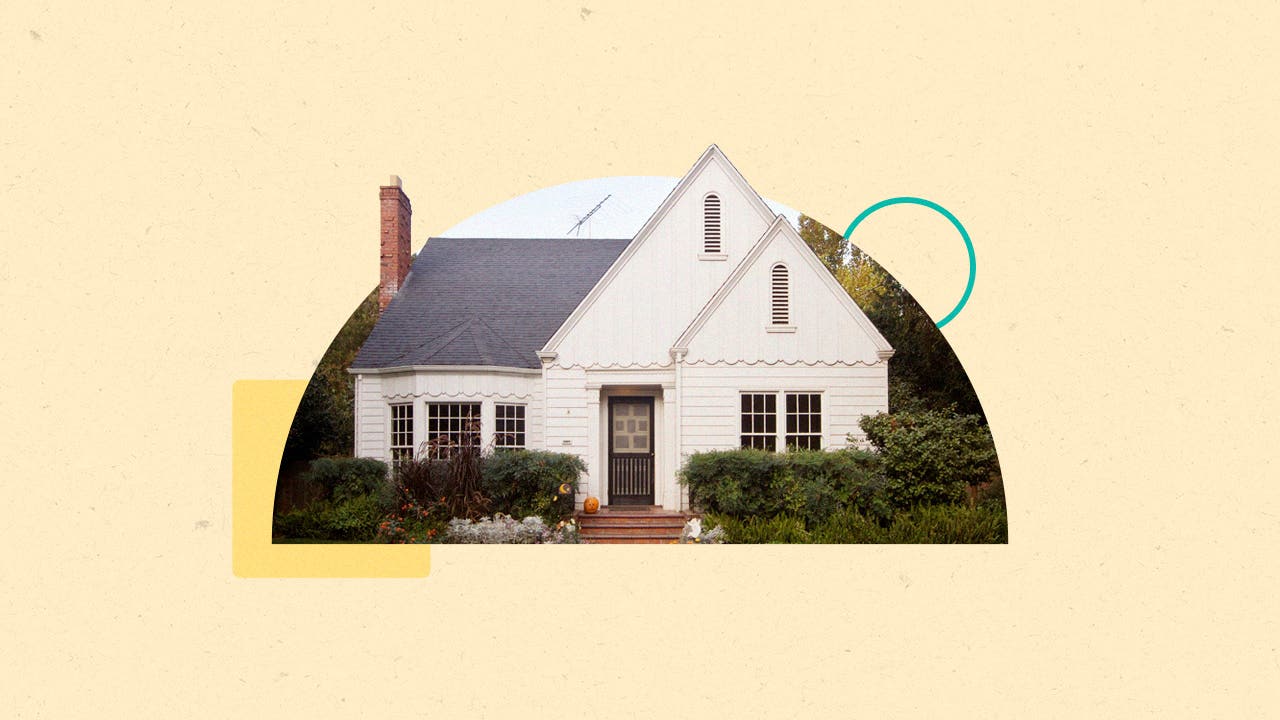What’s the average square footage of a house?

The Bankrate promise
At Bankrate we strive to help you make smarter financial decisions. While we adhere to strict , this post may contain references to products from our partners. Here's an explanation for .
Size matters when you’re buying a house. The amount of space a home offers can make a difference in many factors besides just its asking price: It impacts heating and cooling costs, how much you pay in taxes and insurance premiums, maintenance costs and much more.
There were over a million single-family homes built in the U.S. in 2022, according to a report by the Census Bureau, and the median square footage was well over 2,000 square feet. That’s a lot of house to take care of. Here’s what to know about the average square footage of houses today, and how much all that elbow room will cost you.
How have home sizes trended over time?
American homes are only getting bigger. Exponentially bigger, in fact: The most recent American Home Size Index, a study by the warranty company American Home Shield, found that the average size of a new single-family home has nearly tripled in the last 75 years. In 1949 the figure was 909 square feet, and by 2021 it had rocketed to an average of 2,480 square feet.
There are few reasons for this. Homeowners made a push to the suburbs after World War II, which saw the square footage of homes increase along with access to more land. This also allowed for less population density than big cities. The report found that, while home sizes increased, the number of people living in them actually decreased: 15.7 percent of homes were reportedly “overcrowded” in 1950, but 50 years later, just 5.7 percent were.
Source: U.S. Census Bureau
The age of your home can actually help signify its size: Smaller homes tend to be older, while newer homes have taken on larger floor plans. In 2022, the Census report found that the median size of a completed, newly built single-family home was up to 2,299 square feet — a far cry from crowding a larger family into a space less than half that size.
How much house can you afford?
Home costs vary significantly depending on where you’re looking to live. As a homebuyer, one thing to consider when trying to figure out how much you can afford to pay for a house is your desired area’s typical price per square foot. This metric breaks down the total price of a house by its size.
For example, the American Home Shield study found that in New York City, where residents tend to live in small apartments, the price per square foot averaged more than $1,500, while in Utah, where homes average a very spacious 2,800 square feet, the price per square foot was a mere $259.05.
You may also want to consider starting small. There’s no reason to jump right from renting into a sprawling four- or five-bedroom house — a smaller home, townhouse or condo can still make you a homeowner for a much lower price. You might also consider a home with some unfinished space, such as a basement or attic, that can be converted to living space later so you have room to grow.
Reasons to consider a smaller house
Starting with a starter home makes good sense for many hopeful buyers, especially if you’re a young first-time buyer. You can start building equity and realizing the benefits of homeownership no matter the size of the property. Don’t overreach to get to something you can’t comfortably afford right now — no one wants to be house poor. Over time, as your income increases and your finances become more stable, you will likely be in a better position to afford a larger home.
Here are a few more benefits of owning a smaller house:
- Cheaper bills: Less square footage typically means lower electricity, heating and cooling bills, plus lower home insurance premiums and property taxes. It can make a significant difference in your monthly budget, helping you save money toward a bigger home down the road.
- Easier maintenance: With a smaller home, there is less to clean and maintain. And smaller homes typically come with less land as well, saving you time and effort in yard work.
- More lifestyle budget: Staying well within your means on housing costs leaves more leftover for other things, like entertainment, travel or dining out. You may even be able to splurge on some house upgrades that you would not be able to afford if you were paying for a larger home.
Find a trusted real estate agent
No matter how large or small a house you need, a local real estate agent can help. Agents are experts in their local markets and can recommend listings and neighborhoods you might not have considered. They are licensed professionals who can help guide you to the right home, for the right price.
FAQs
-
Yes, 2,500 square feet is bigger than average. According to U.S. Census data, the average newly built single-family home in 2022 measured 2,299 square feet.
-
No. Generally, basements are not included in square foot calculations, regardless of whether they are finished or unfinished. This is because they are below grade, or below ground level, which does not meet proper code for living space. In some states, though, basement space may be counted as long as it meets certain criteria for entrance and exit points.
-
Being house poor (or “house broke”) means you are spending so much of your income on housing costs that there is little left for other expenses, like food, transportation or entertainment. This is one reason why experts often recommend following the 28/36 rule of home affordability, which states that you should not spend more than 28 percent of your income on housing, and not spend more than 36 percent of your income on your total debt (including housing).
Related Articles



